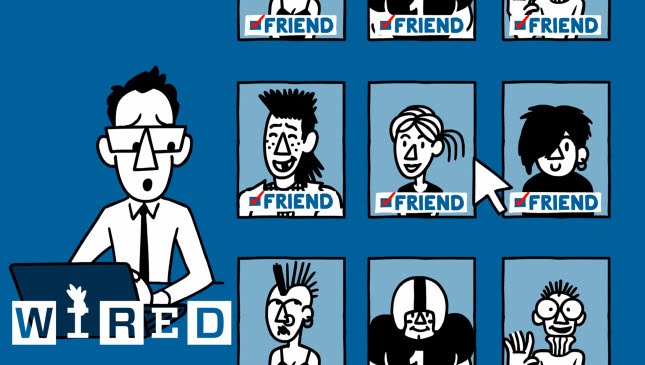Body Language Pet Peeves and Cultural Differences
Summary
In this article, we discuss various body language pet peeves, such as men spreading their legs and staring, and explain how different cultures have different norms for staring. We also touch on pacing as a way to calm down and stimulate creativity. The importance of a good handshake is emphasized, and we describe the perfect handshake as a quick shake with fingers down and equal pressure. Finally, we discuss the importance of personal space and suggest taking a step back after shaking hands to assess the other person’s comfort level.
Table of Contents
- Body Language Pet Peeves and Cultural Differences
- The Importance of Self-Awareness in Communication
Body Language Pet Peeves and Cultural Differences
During communication, various nonverbal behaviors can be distracting or uncomfortable for others. For example, standing too close, touching, spreading out, and verbal tics can all be pet peeves for some people. However, repetitive behaviors like tapping can be soothing and help pass the time. It’s important to be aware of these behaviors and adjust accordingly.
The speaker also notes that different cultures have different norms for staring. In some cultures, staring is considered rude, while in others, it’s perfectly acceptable. It’s important to be aware of these differences when communicating with people from different cultures.
Pacing is another nonverbal behavior that can be useful in communication. It can be a way to calm down and stimulate creativity. However, it’s important to be aware of the pacing of others and adjust accordingly.
The importance of a good handshake is emphasized. The perfect handshake is described as a quick shake with fingers down and equal pressure. This shows confidence and respect. After shaking hands, it’s important to take a step back to assess the other person’s comfort level with personal space.
The Importance of Self-Awareness in Communication
The complexity of human preference and pet peeves is briefly touched upon. Our society is very particular about even the smallest things, as evidenced by the vast array of toothpaste options available. When something falls outside of our preferences, it becomes an annoyance that affects us on a social, cultural, and personal level.
Overall, this article emphasizes the importance of self-awareness and improvement in communication. By being aware of our nonverbal behaviors and adjusting accordingly, we can improve our communication skills and avoid distracting or uncomfortable behaviors.






